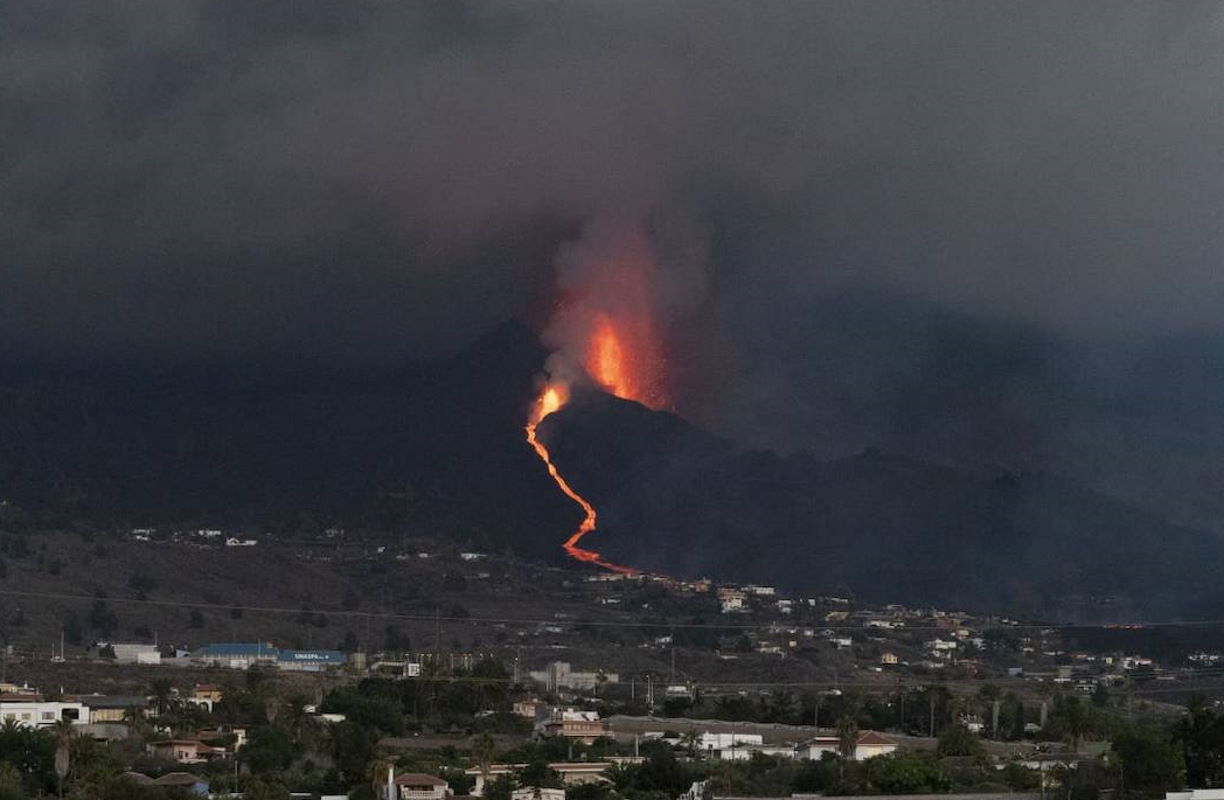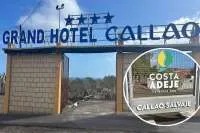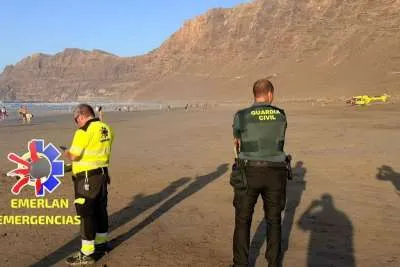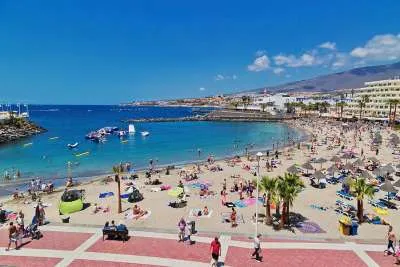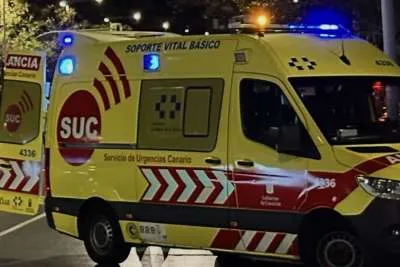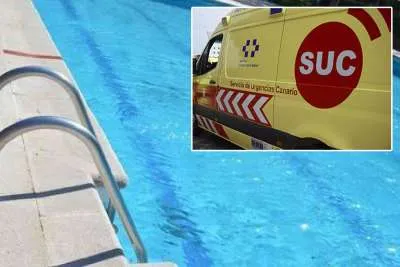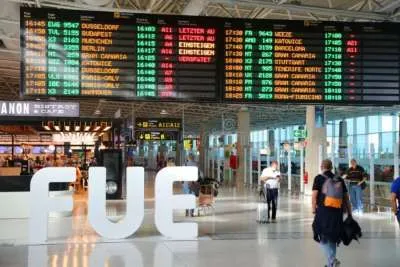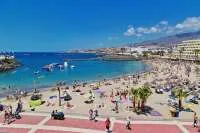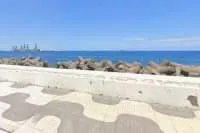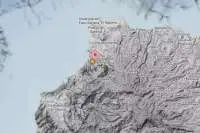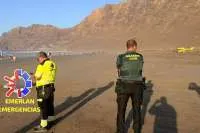Residents of four towns in La Palma are confined to their homes as lava nears the sea
- 27-09-2021
- Tenerife
- Canarian Weekly
At 11pm last night (Sunday) Pevolca issued an order for the confinement of all people living in the coastal area of Tazacorte, specifically in San Borondón, Marina Alta, Marina Baja and La Condesa, because the new lava flow was, at that time, only 1,600 metres from the sea and is expected to reach it this afternoon causing gases harmful to human health.
The population must follow the instructions of the authorities and remain in their homes, with doors and windows closed, until the situation is evaluated this morning, according to the Canary Islands Government.
The Technical Director of Pevolca confirmed that the lava is following the path of the main stream at an average speed of about 100 metres per hour because it is hotter as it is emanating from a greater depth of the volcano, approximately 10 kilometres, which increases its fluidity.
This is how the lava is progressing as the new flow overtakes the existing one.
Regarding this, he detailed that the front of the lava flow, which is between 4 and 6 metres thick, is being pushed by new lava that, although the surface is cooling, is still very hot inside at around 1,200 degrees, which makes it more fluid.
According to the European Earth Observation System, Copernicus, the lava now covers 212 hectares, has destroyed more than 500 buildings, most of them homes, and caused the destruction of 16.4kms of roads on the island so far.
Involcan have explained what happens when molten lava comes into contact with seawater:
“As lava, with a temperature of more than 1,000ºC, meets the sea, with a temperature around 20ºC, a thermal shock occurs that generates plumes of water vapour loaded with hydrochloric acid (HCl) as a result of the high content of chloride (salt) in seawater. These off-white plumes also contain tiny particles of volcanic glass as a result of the reaction between lava and seawater.”
“These steam columns of an acidic nature present a local danger for the people in the coastal area where this encounter takes place. It is not a volcanic column or plume as energetic as the one that takes place in the volcanic cone, where a jet of acidic volcanic gases is being produced that are injected into the atmosphere with so much energy that they reach 5 km in height. Therefore, the wind in the area where these coastal volcanic plumes occur contributes to the dispersion of them, but the danger they represent is very local.”
“Inhalation or contact of acidic gases and liquids can irritate the skin, eyes and respiratory tract, and can cause breathing difficulties, especially in people with pre-existing respiratory illnesses or difficulties.”
Other articles that may interest you...
Trending
Most Read Articles
Featured Videos
A Vision of Elvis Tenerife Promo
- 10-05-2025
Tenerife Travel Guide
- 13-12-2024
Live webcam from Lanzarote airport
- 13-12-2024


